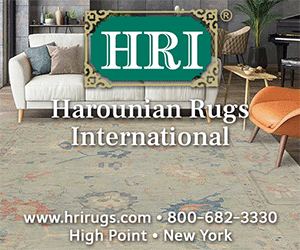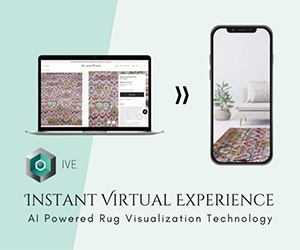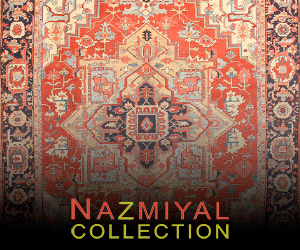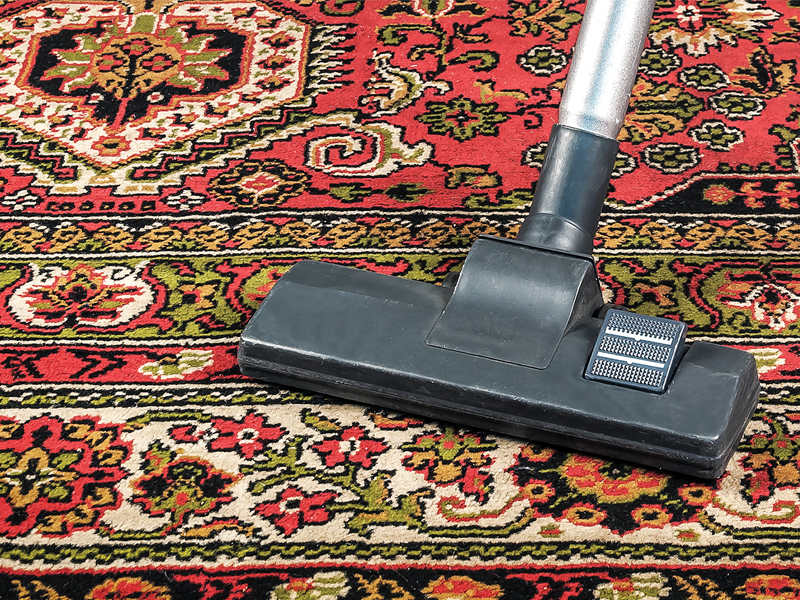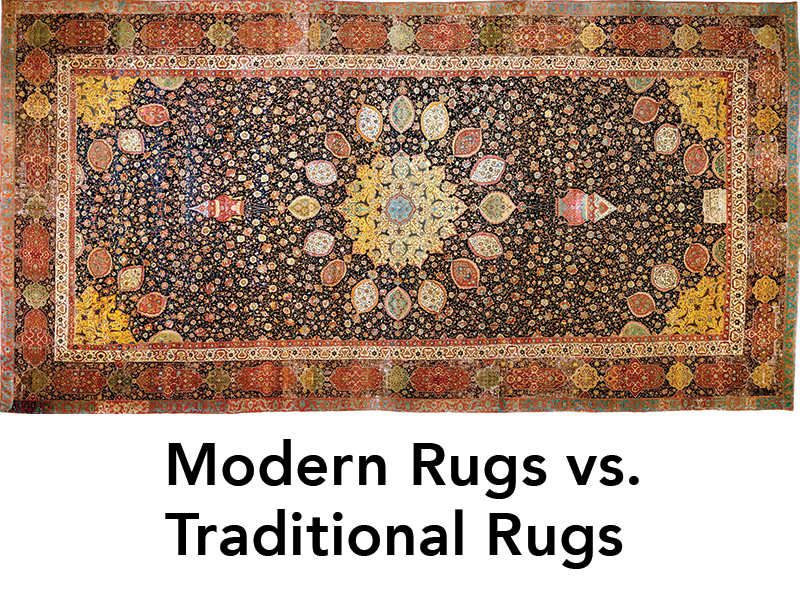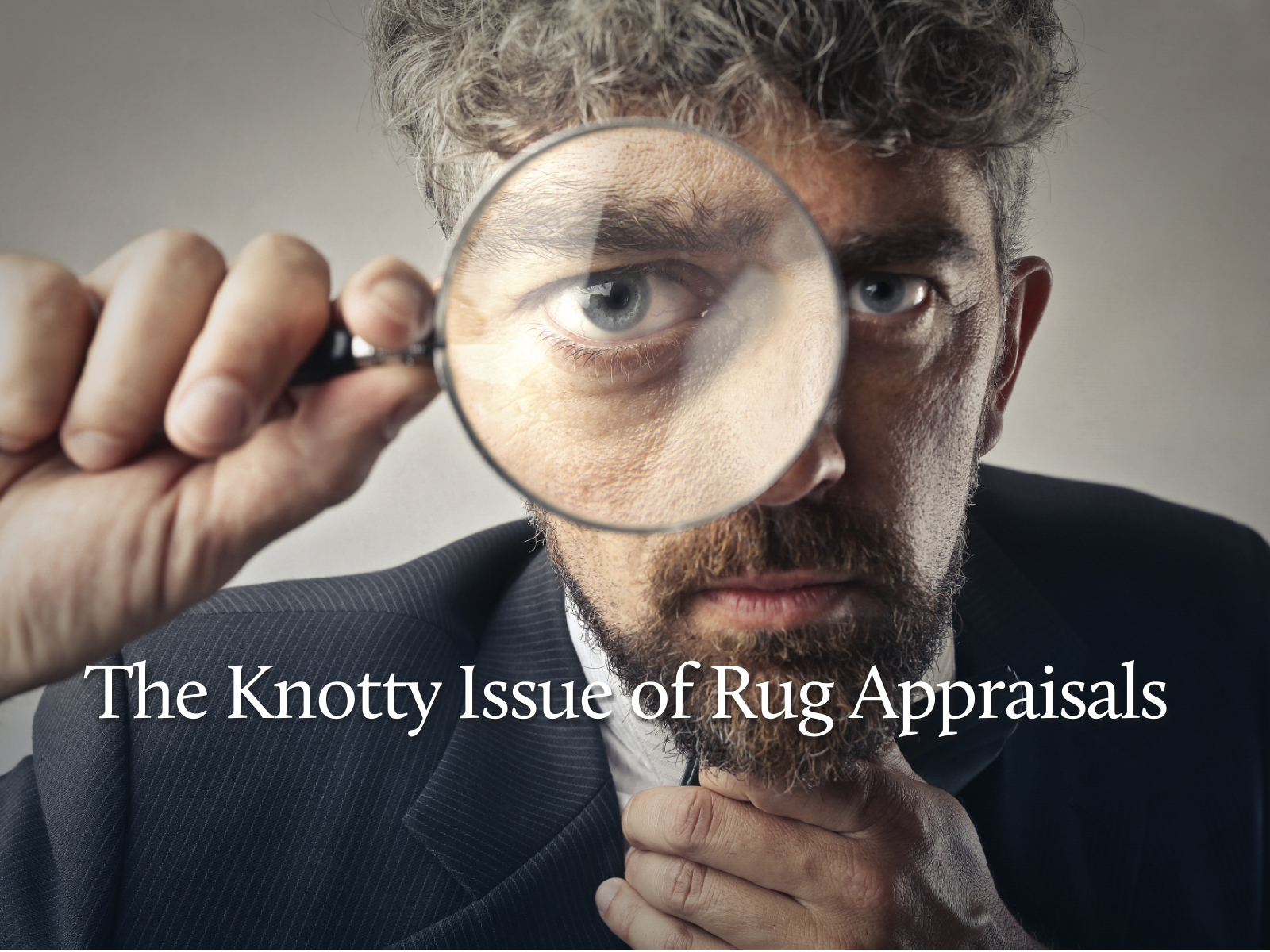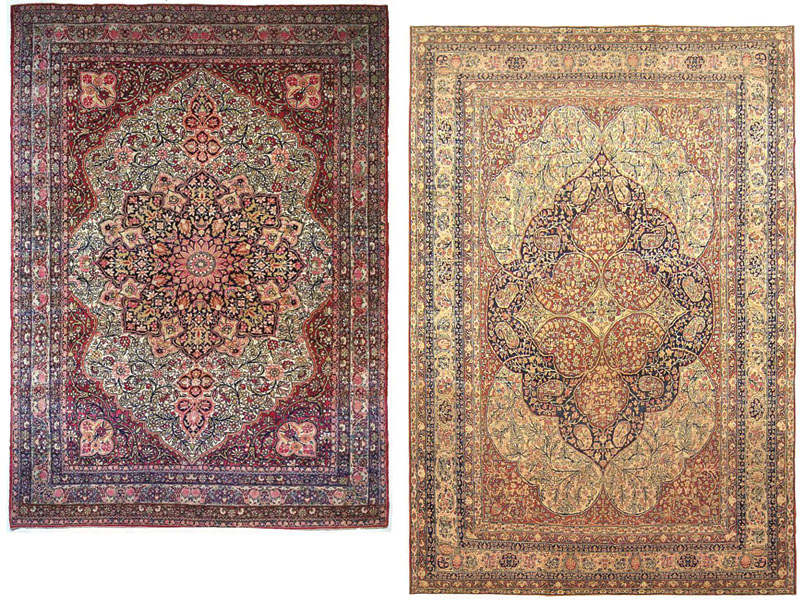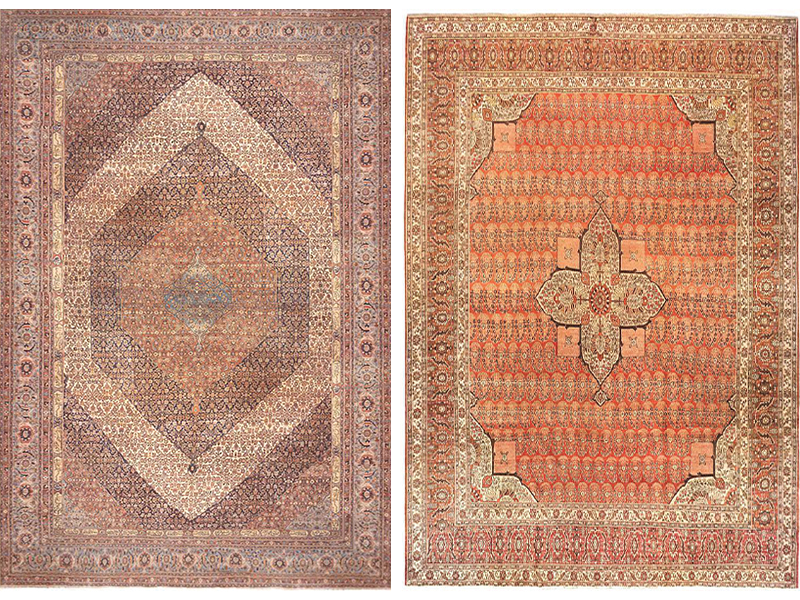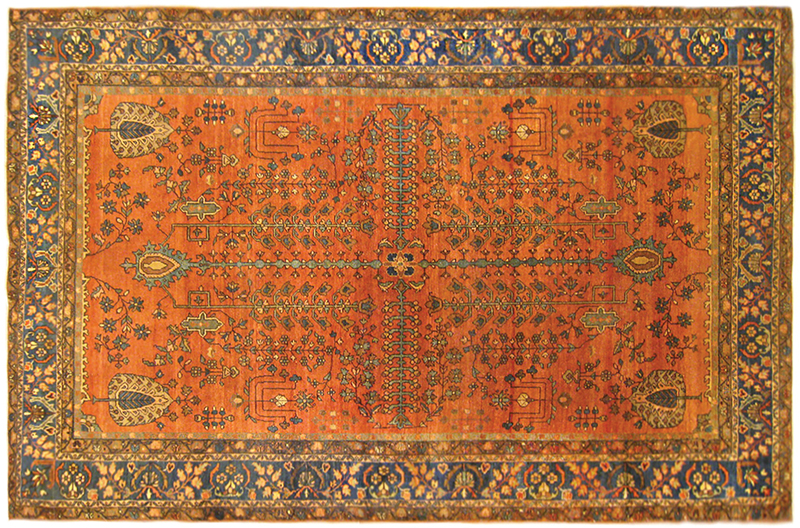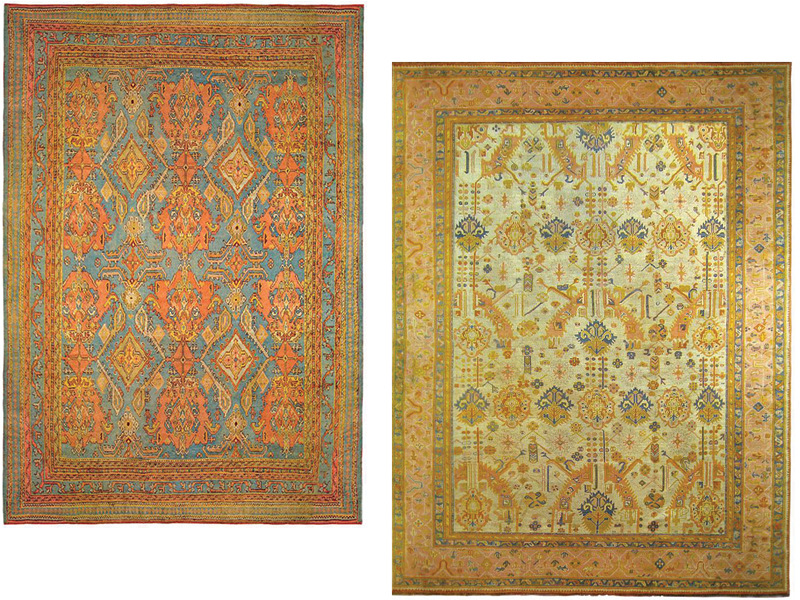A Care and Cleaning Guide for Antique Rugs | The Original Sustainable and Green Carpet
In the Summer 2024 issue of RUG INSIDER, we discussed the sustainability in the world of area rugs, and the idea of “Going Green.” For the portion of the rug industry that is focused on modern and contemporary rugs, being green and sustainable generally means being eco-friendly, and transitioning from the usage of synthetic materials, such as viscose and polypropylene, to more natural materials, including wool, cotton, and silk. Similarly, it marks a process of “going green,” and a transition from synthetic dyes to natural dyes, decreasing environmental impact.


